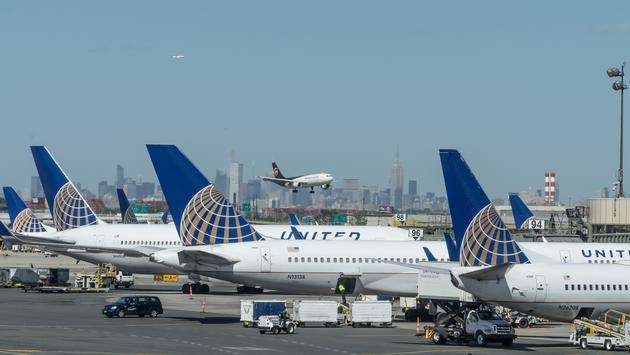Airplane graveyards are one of the most fascinating sights in the world, with row upon row of jets that have been decommissioned and will never fly again.

But airlines also have row upon row of perfectly good aircraft ready to fly again that have sat idle for months, as the industry simply hasn’t needed its full inventory due to the coronavirus pandemic.
And that could be a problem.
Officials worldwide, including aviation oversight groups such as the Federal Aviation Administration, insurance carriers and other airline experts, are warning airlines to be more diligent than ever when returning planes to the skies again, according to Reuters News Service .
Problems range from rust on the planes, metaphorical rust among pilots who have been furloughed or might not have flown a certain model of aircraft for a while, maintenance issues, even something seemingly as benign as insect nests blocking key sensors.
The number of “unstabilized” or poorly handled approaches has risen sharply this year, according to the International Air Transport Association (IATA), the airlines’ main global trade group. Such mishaps can result in hard landings, runway overshoots or even crashes.
Reuters noted that has insurance companies worried.
“They want to know about the circumstances of the (pilot) training,” said Gary Moran, head of Asia aviation at insurance broker Aon PLC.
Airlines have instituted re-training programs for pilots that included classwork and physical time in simulators. Australia, for instance, told Reuters it began surveillance on COVID-19-related risks involving the re-entry into service, pilot training and safety risk management for the remainder of the year through to June 30, 2021.
For instance, pilots should be blunt with air traffic controllers if they are not comfortable with a shorter landing approach.
“Maybe now is a good time to say, ‘We are not able today’ or ‘Give us a six- or 10-mile lineup rather than a four-mile lineup’, which you might accept when you are more proficient and (flight experience is) more recent,” International Federation of Air Line Pilots’ Associations representative Peter Meiresonne said.
Leave a Comment